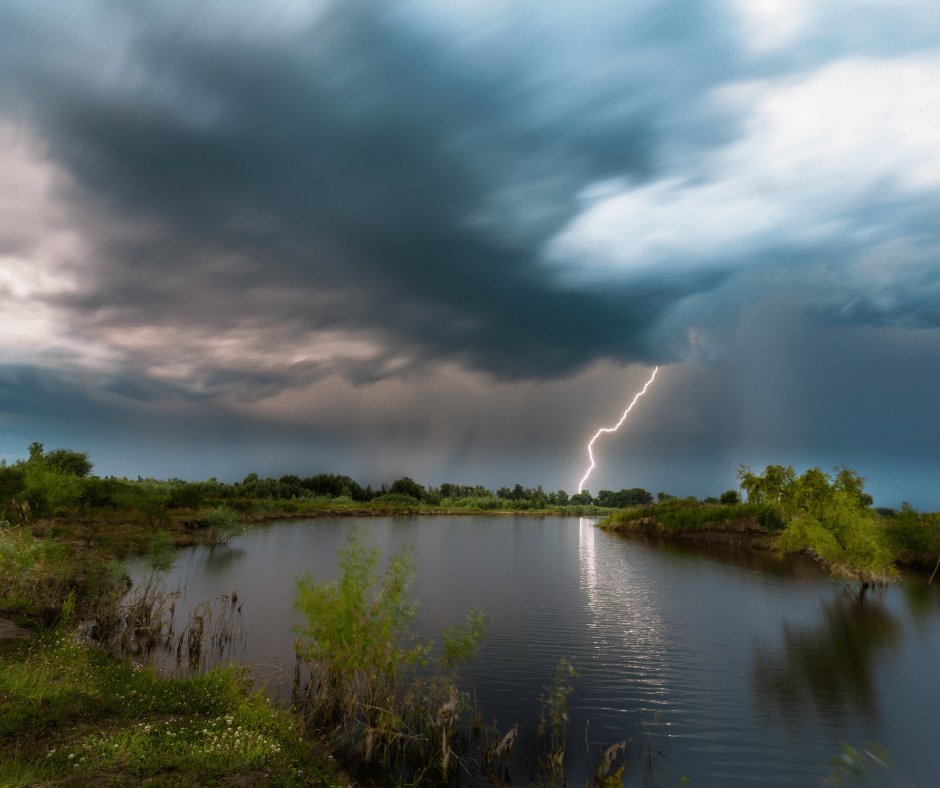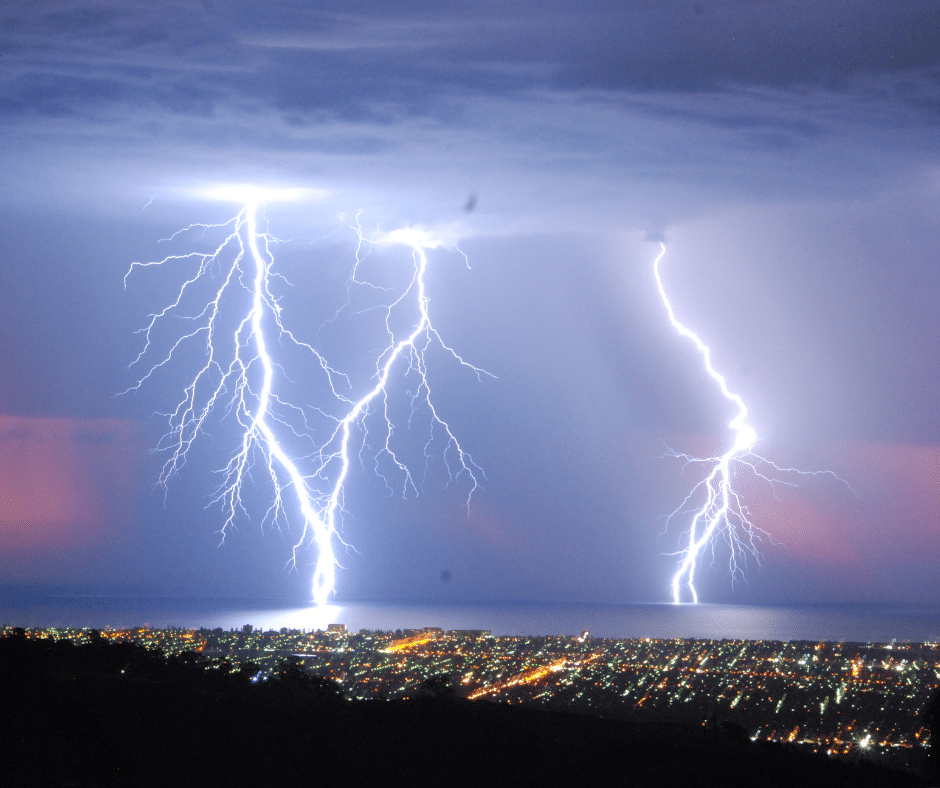Have you ever stopped to wonder about the power of electricity in nature? From lightning and thunder to static electricity, there is a lot of energy in the natural world. In this article, we’ll explore how these forces work and their role in our lives.

We’ll look at different types of lightning, thunderstorms, and other electrical phenomena. We’ll also discuss ways that we can protect ourselves from potential dangers associated with these powerful weather events. By understanding more about electricity in nature, we can gain a greater appreciation for its beauty as well as its destructive potential.
The first type of lightning is the most common and is usually seen during thunderstorms. It typically occurs when two regions of opposite charge build up in the atmosphere due to friction from wind, temperature differences, or other sources. When this buildup reaches a critical point, it releases an electrical charge that we see as a flash of light. This type of lightning can be very dangerous if you’re caught outdoors without shelter.
Static electricity is another form of electricity in nature. It’s produced when two materials come into contact and then separate, leaving one with an excess positive charge and the other with an excess negative charge. We often experience static electricity by getting shocked when touching metal objects after walking across carpeted floors. While not immediately dangerous, these shocks can still be unpleasant.
Finally, we have the lightning that is produced when a thundercloud forms. This is created when moisture in the atmosphere rises and begins to cool, forming droplets of water that eventually freeze into ice crystals as they rise higher into the atmosphere. These crystals then rub together and create an imbalance of electric charges within the cloud which then result in a powerful release of electricity known as lightning.

Lightning can also be dangerous if you’re outdoors without shelter during a thunderstorm. It’s best to seek shelter indoors or in a car until the storm has passed. If you do find yourself outside when lightning strikes, try to get away from tall structures like trees and buildings that could attract its attention and stay as low to the ground as possible.
Electricity from nature can be both beautiful and powerful. It’s important to understand its potential hazards while also appreciating its beauty. By understanding more about electricity in nature, we are better prepared to handle it safely and appreciate its power in our lives.
So the next time you see a lightning flash or get a static shock, take a moment to appreciate the power of electricity in nature! With an understanding of how it works, you can protect yourself while still enjoying all of its natural beauty.
